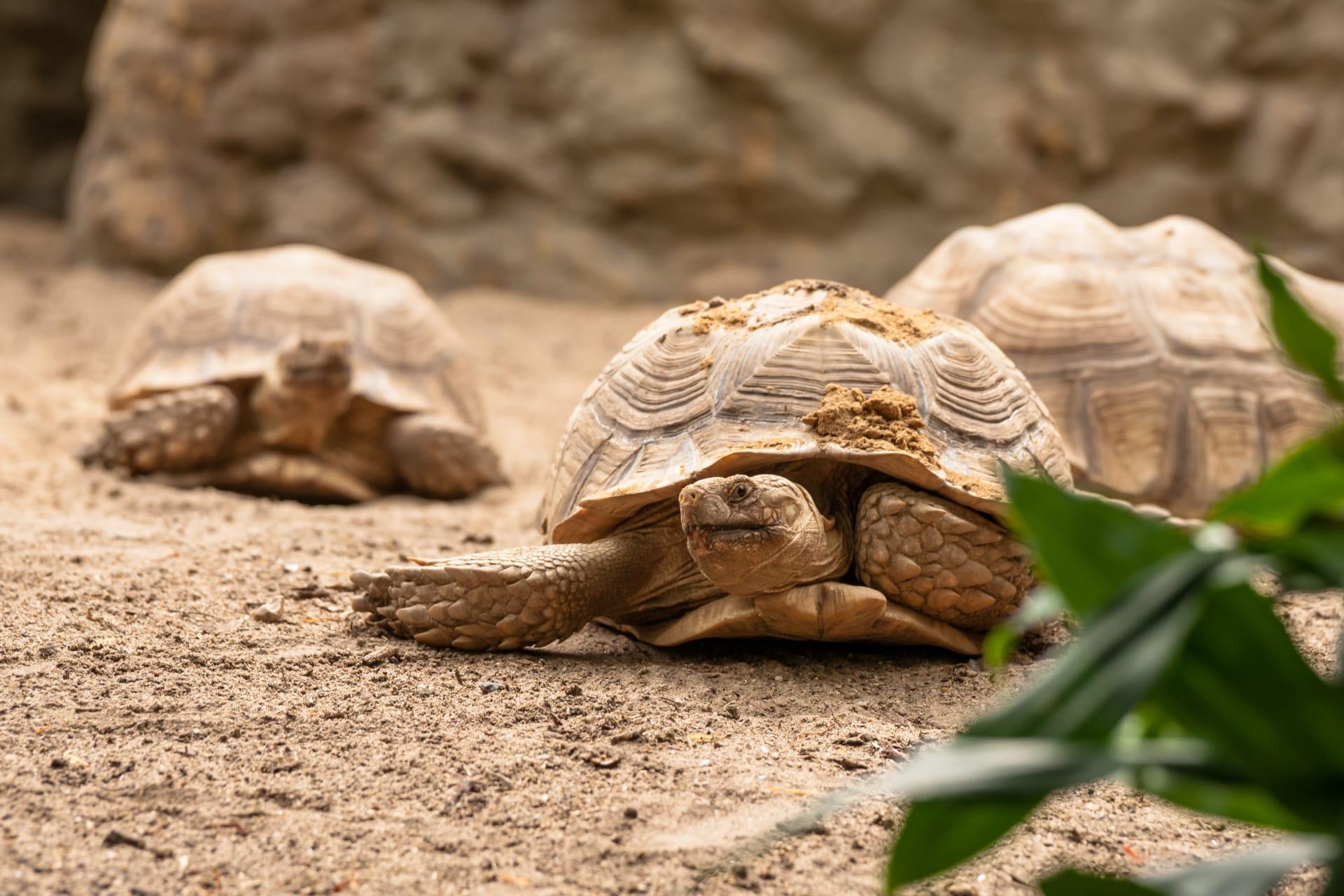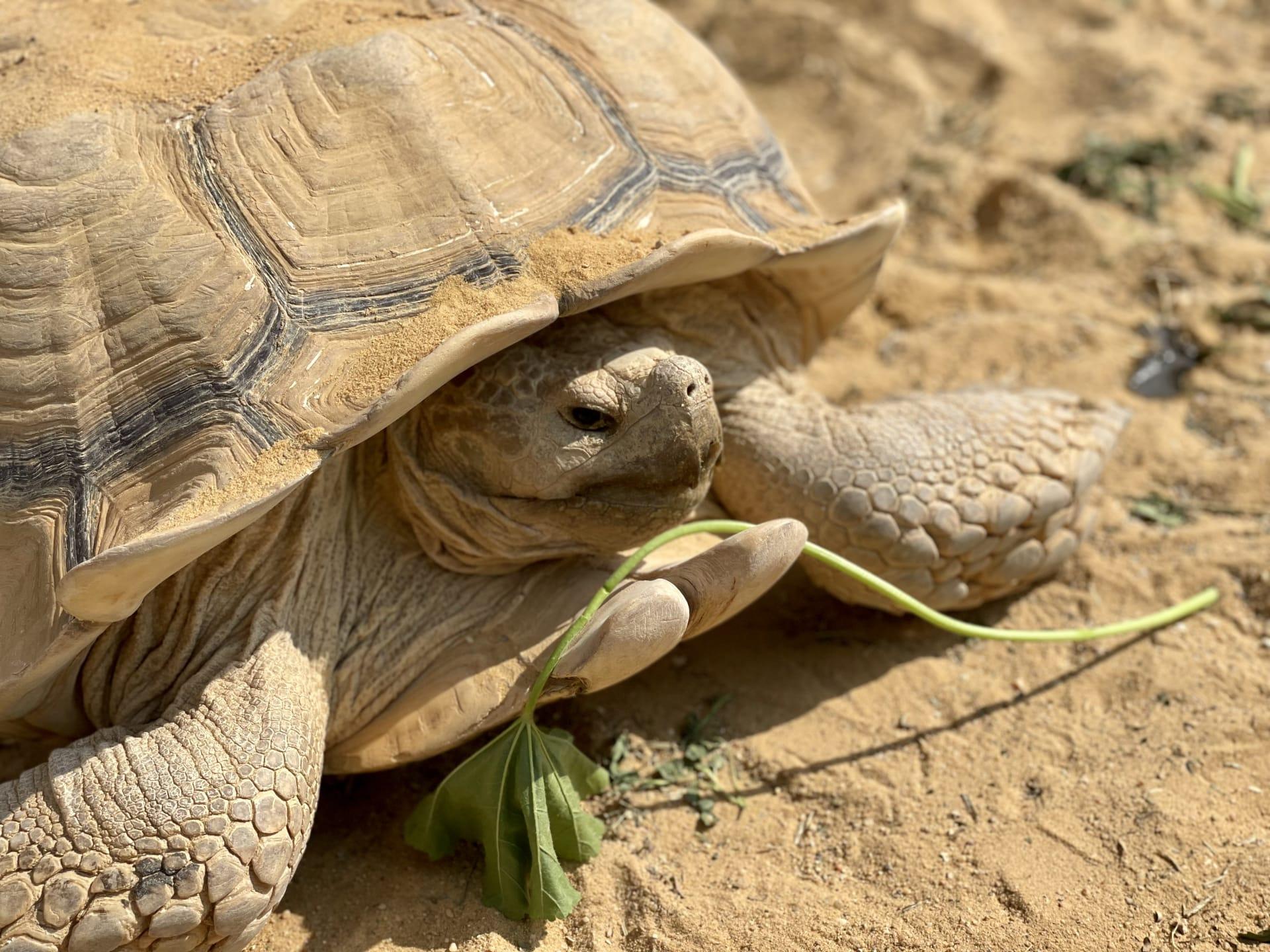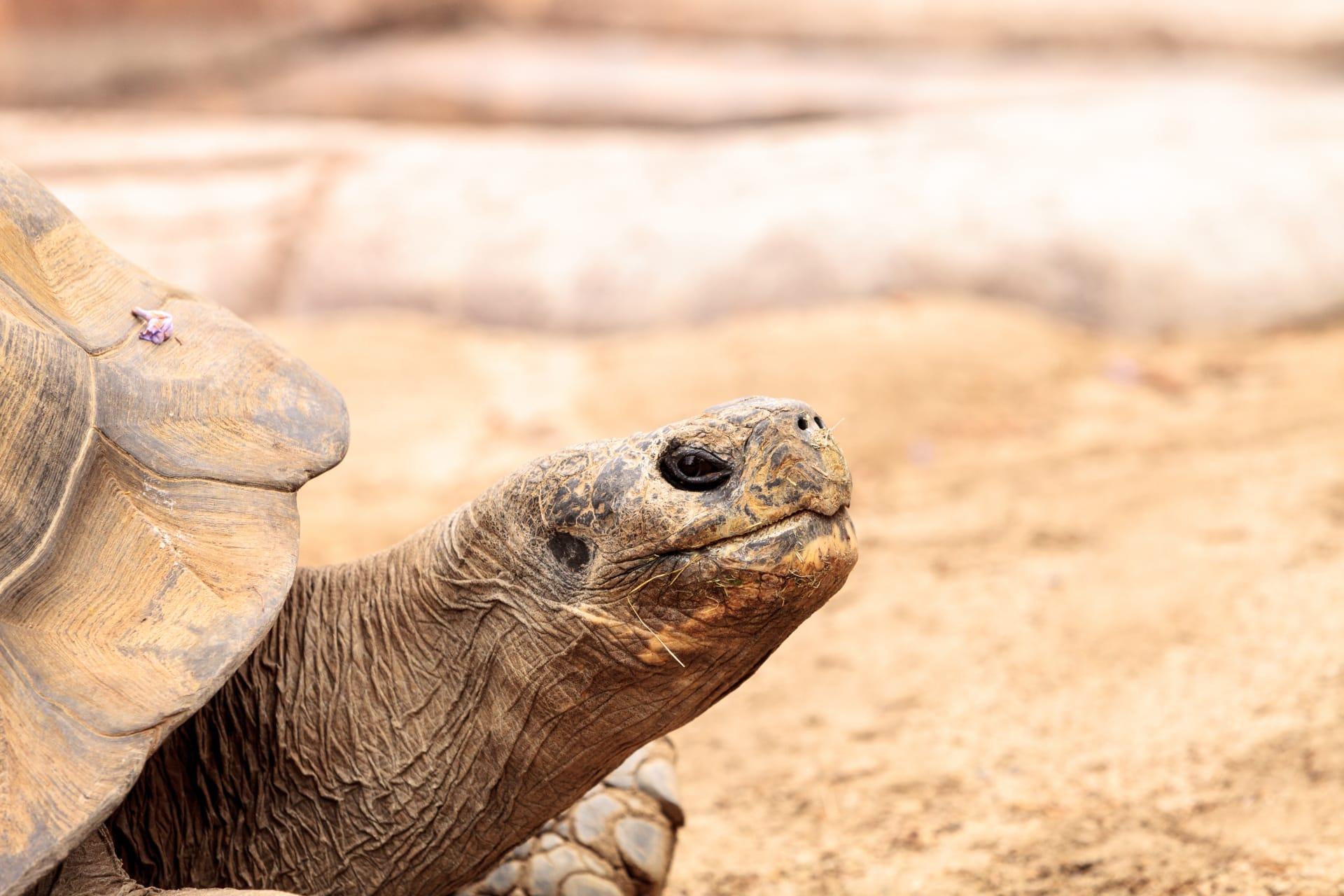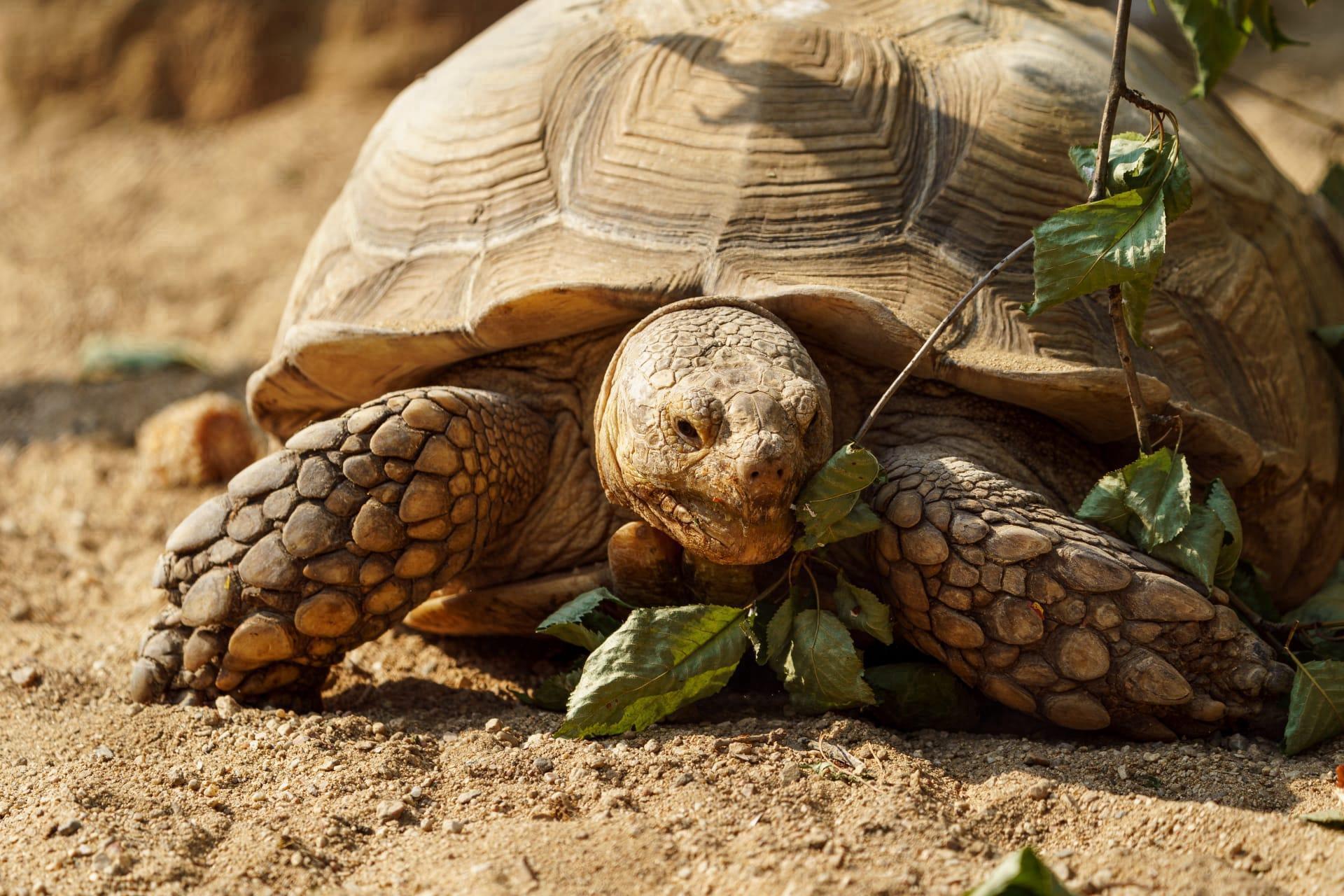Western Desert Tortoise Trivia
- Home /
- Trivia Question /
- Animal /
- Western Desert Tortoise Trivia
1
Question: How long do Western Desert Tortoises typically live?
Answer: Western Desert Tortoises are known for their impressive lifespan. They can live for 50 to 80 years in the wild. Some have even been reported to reach over 100 years! This longevity is quite remarkable, especially considering the harsh conditions of their desert habitat.
Question: What do Western Desert Tortoises eat?
Answer: These tortoises are primarily herbivorous. They feed on a variety of desert plants, including grasses, wildflowers, and cacti. They're particularly fond of the fruit and pads of prickly pear cacti. Their diet is low in fat but high in fiber, which is perfectly suited for their slow-paced lifestyle.

2
Question: Can Western Desert Tortoises swim?
Answer: Contrary to a common misconception, Western Desert Tortoises are not swimmers. They are adapted to arid environments and do not have the physical traits necessary for swimming. They prefer to stay on dry land, avoiding large bodies of water.
Question: Do Western Desert Tortoises hibernate?
Answer: Yes, they do! During the colder months, usually from November to February, these tortoises enter a state of brumation, which is similar to hibernation. They become less active and retreat into burrows to conserve energy and maintain body temperature, as the desert can get surprisingly cold in winter.

3
Question: How do Western Desert Tortoises regulate their body temperature?
Answer: These tortoises are ectothermic, meaning they rely on the environment to regulate their body temperature. They bask in the sun to warm up and retreat into burrows or shade to cool down. Their burrows, interestingly, maintain a more constant temperature than the fluctuating desert surface.
Question: How fast can Western Desert Tortoises move?
Answer: They're not winning any races! Western Desert Tortoises typically move at a slow and steady pace, averaging about 0.2 to 0.5 kilometers per hour. This leisurely speed conserves energy, which is crucial in their resource-scarce desert environment.

4
Question: What are the main threats to Western Desert Tortoises?
Answer: The primary threats include habitat loss due to urbanization and land development, illegal collection for the pet trade, and disease. Additionally, climate change poses a significant threat by altering their desert habitats.
Question: Can Western Desert Tortoises vocalize?
Answer: Yes, they can make sounds! Although generally quiet, they can emit a variety of noises, especially during mating seasons or when feeling threatened. These sounds range from grunts to hisses, providing a rare auditory glimpse into their otherwise silent world.

5
Question: How do Western Desert Tortoises find water in such arid environments?
Answer: These tortoises are adept at finding water in their dry habitat. They can drink from small puddles formed after rainfalls and extract moisture from the plants they eat. They also have a remarkable ability to store water in their bladders for long periods.
Question: Are Western Desert Tortoises solitary?
Answer: Yes, they are primarily solitary creatures. They come together only during the breeding season. Outside of this time, they prefer to roam alone, each having its own home range where it forages for food, basks, and burrows.